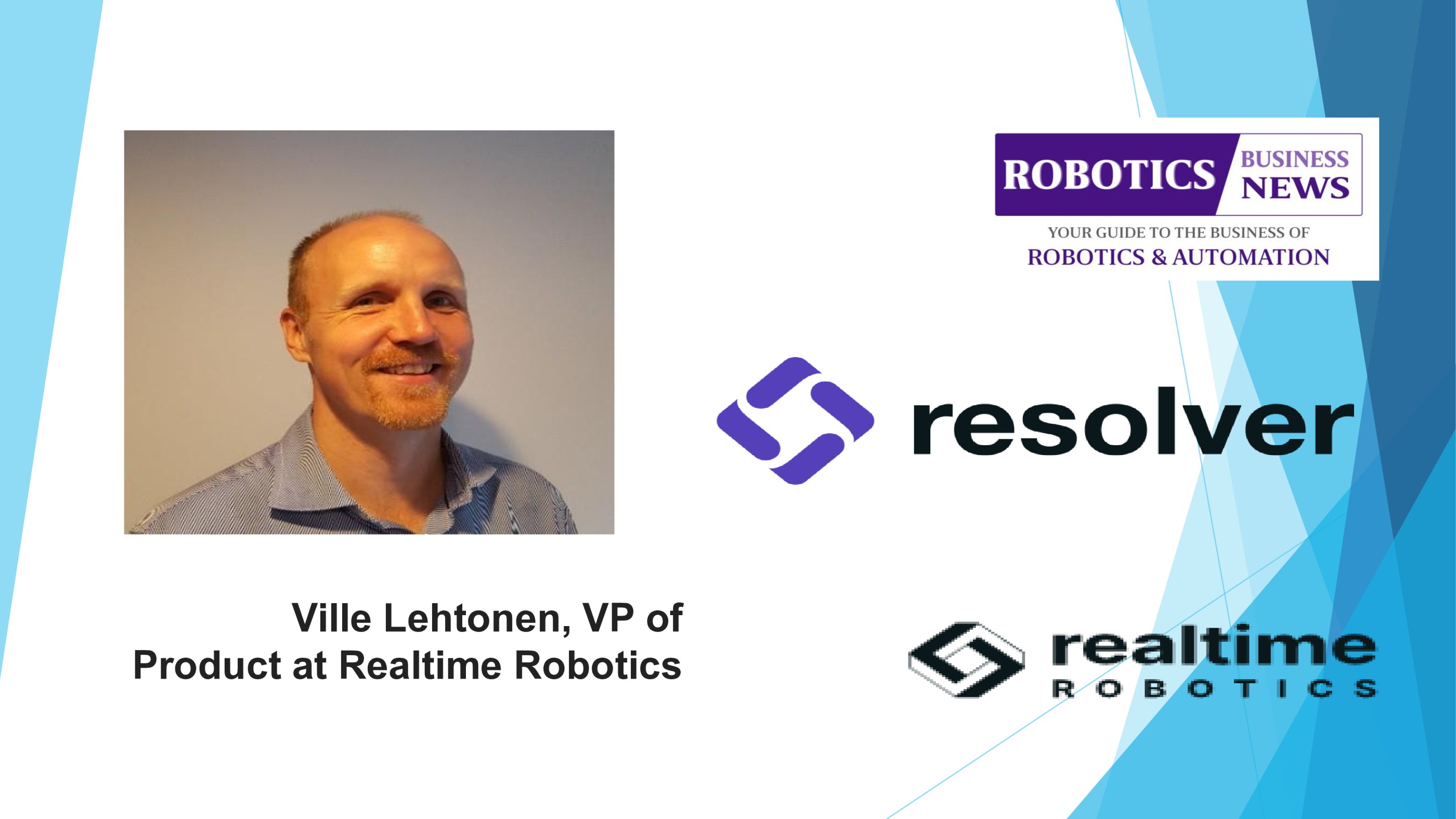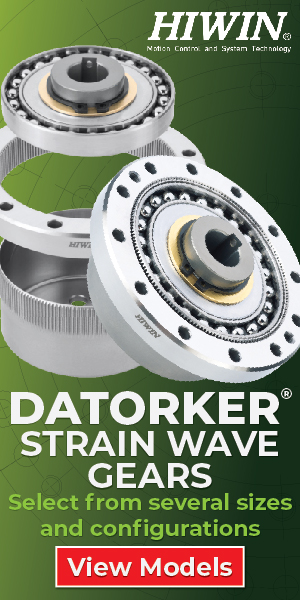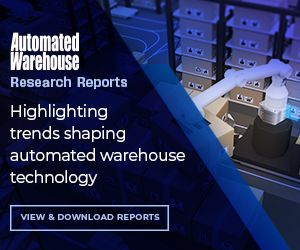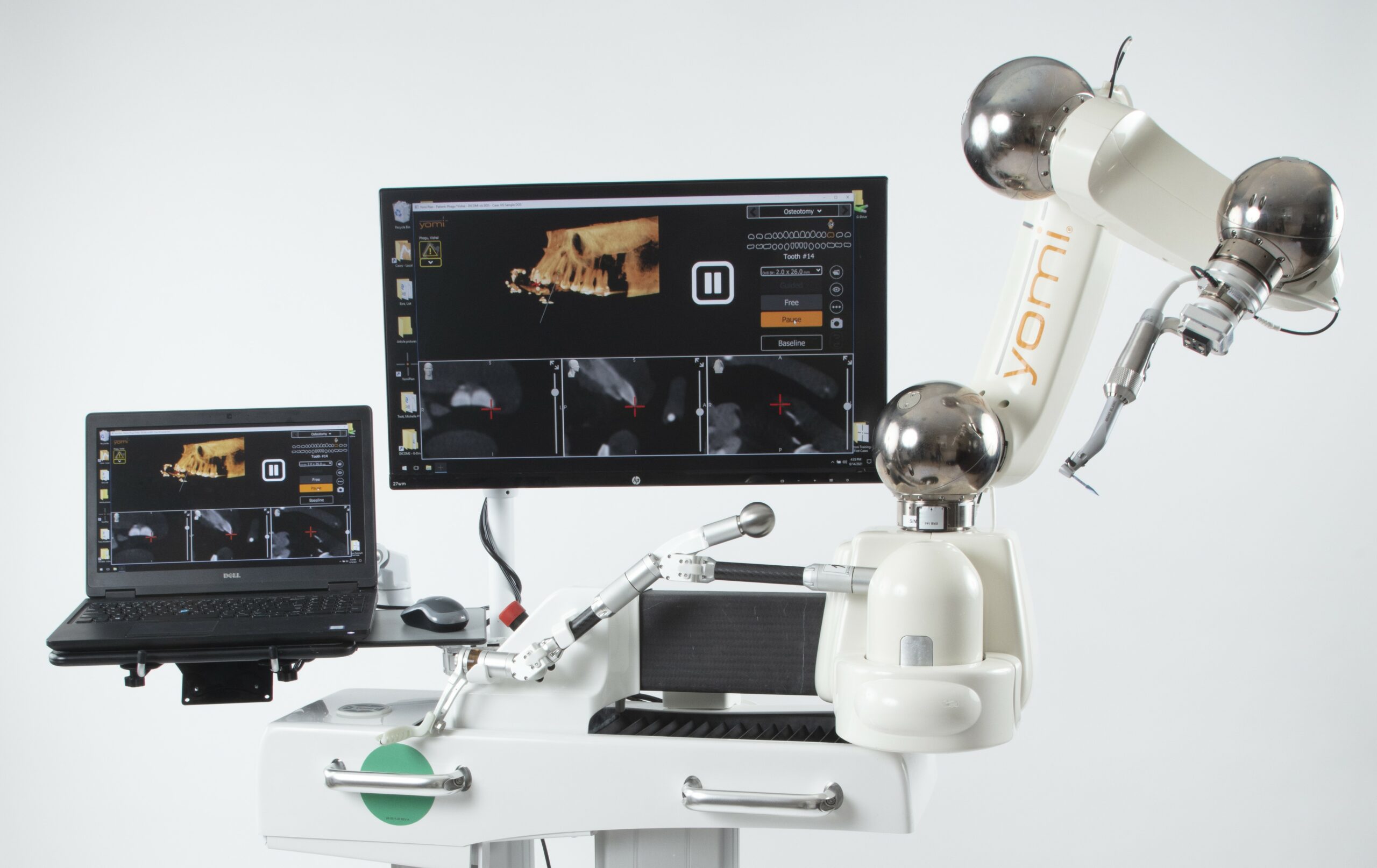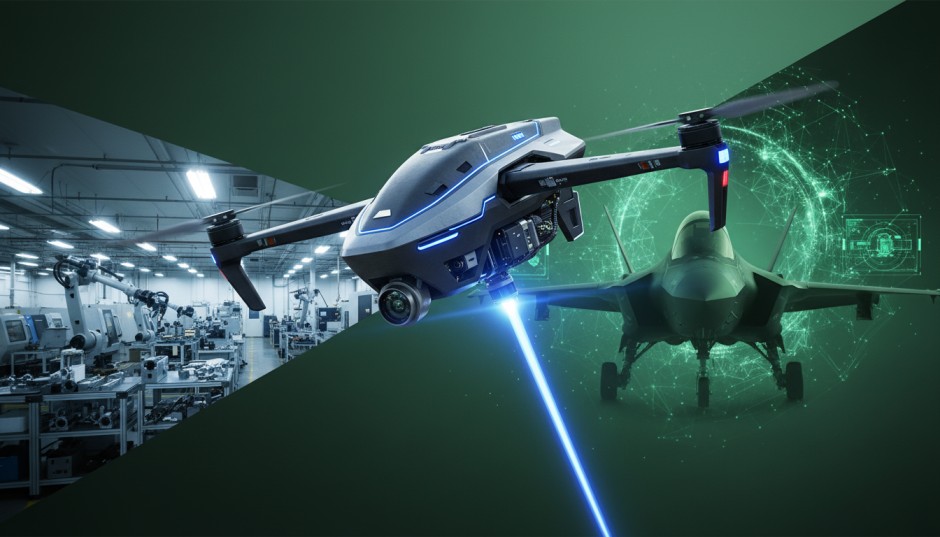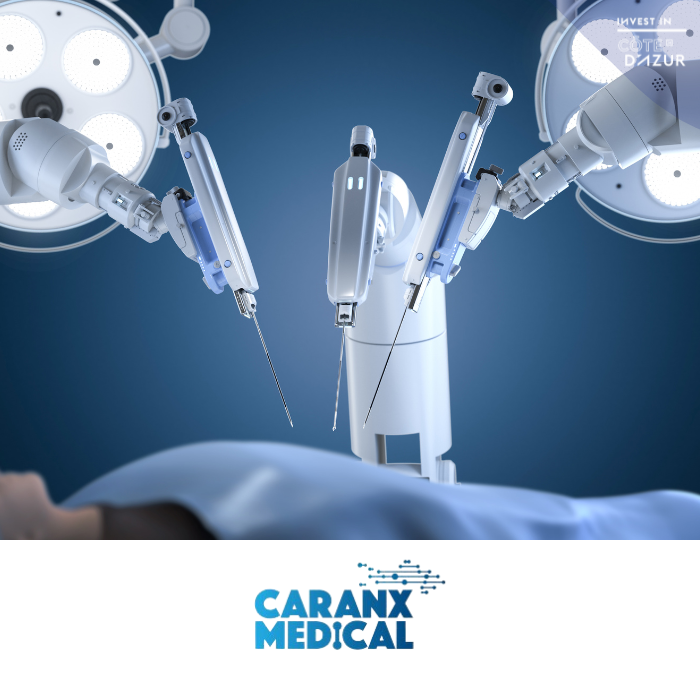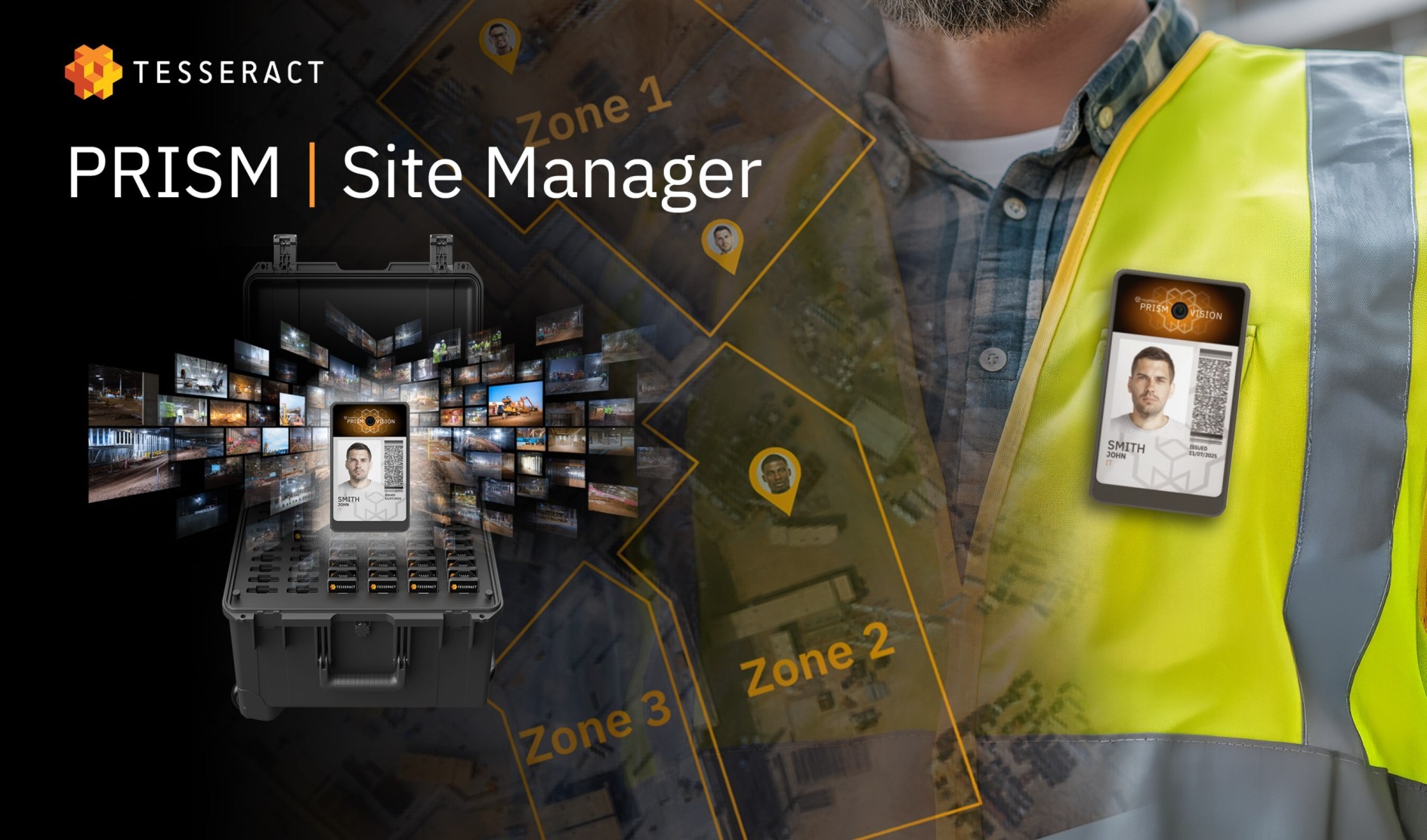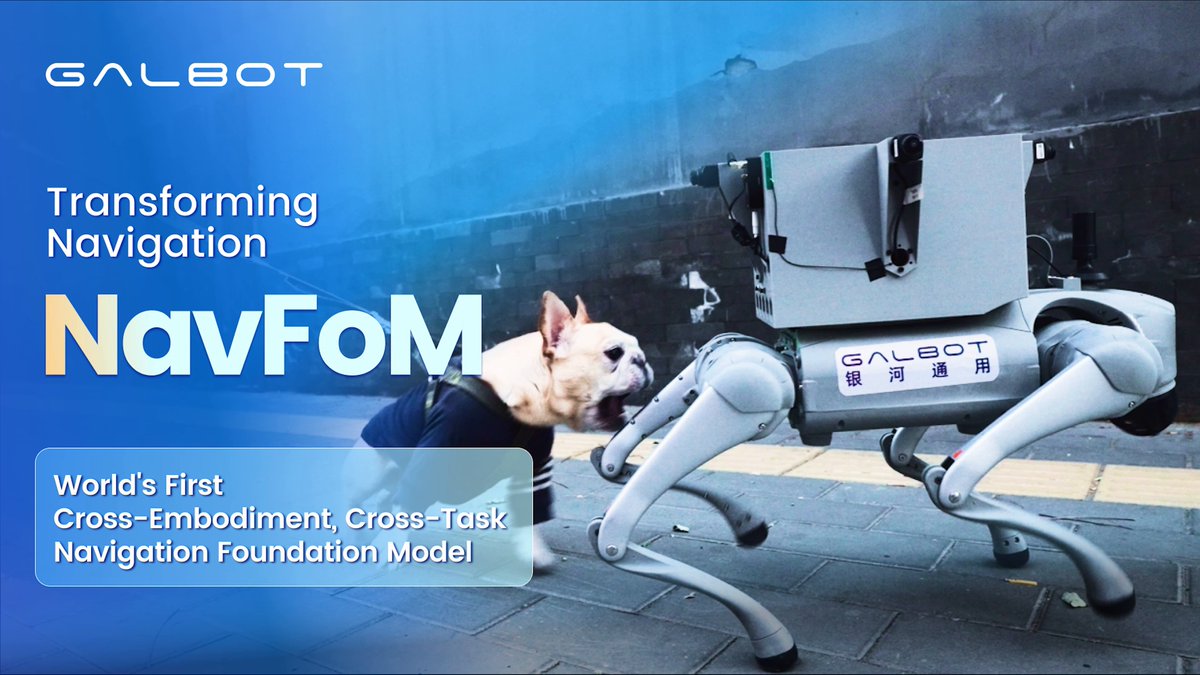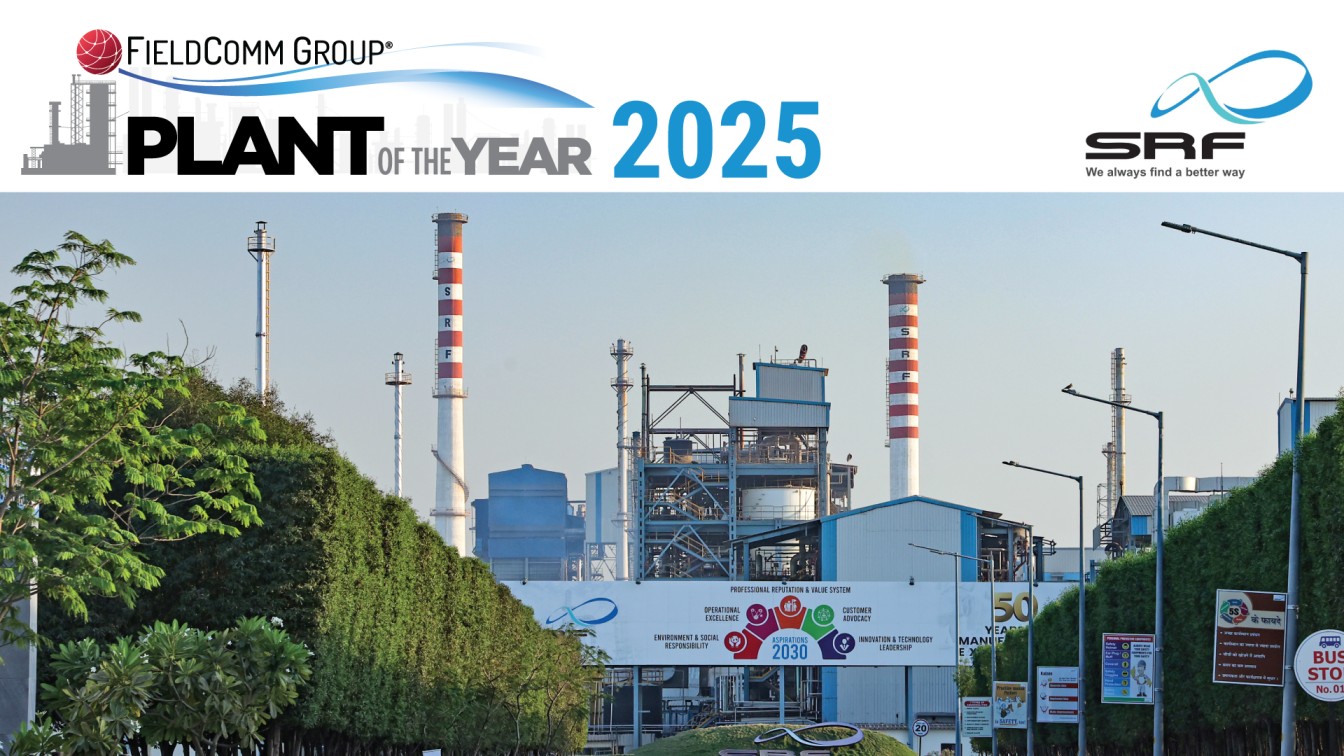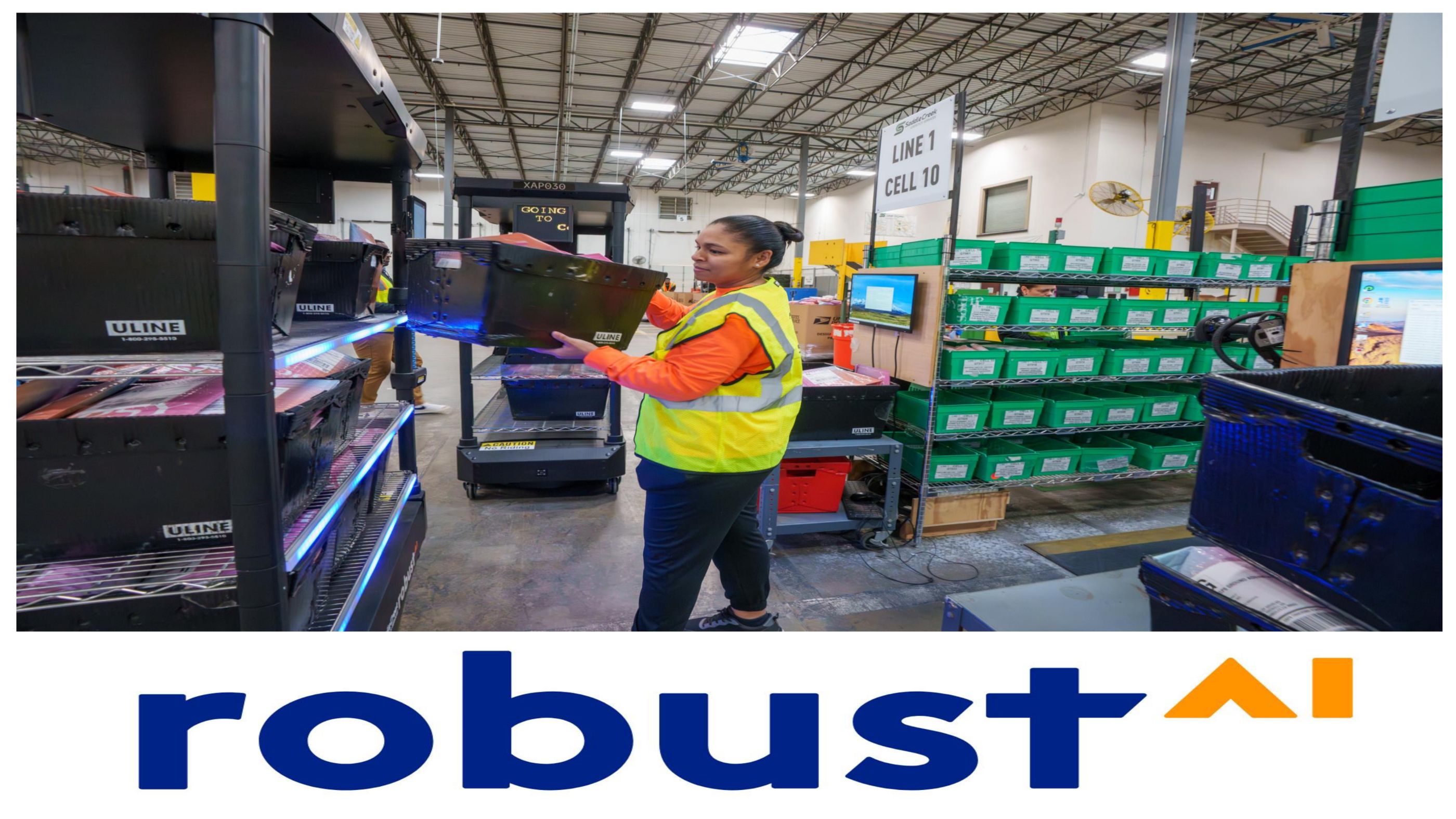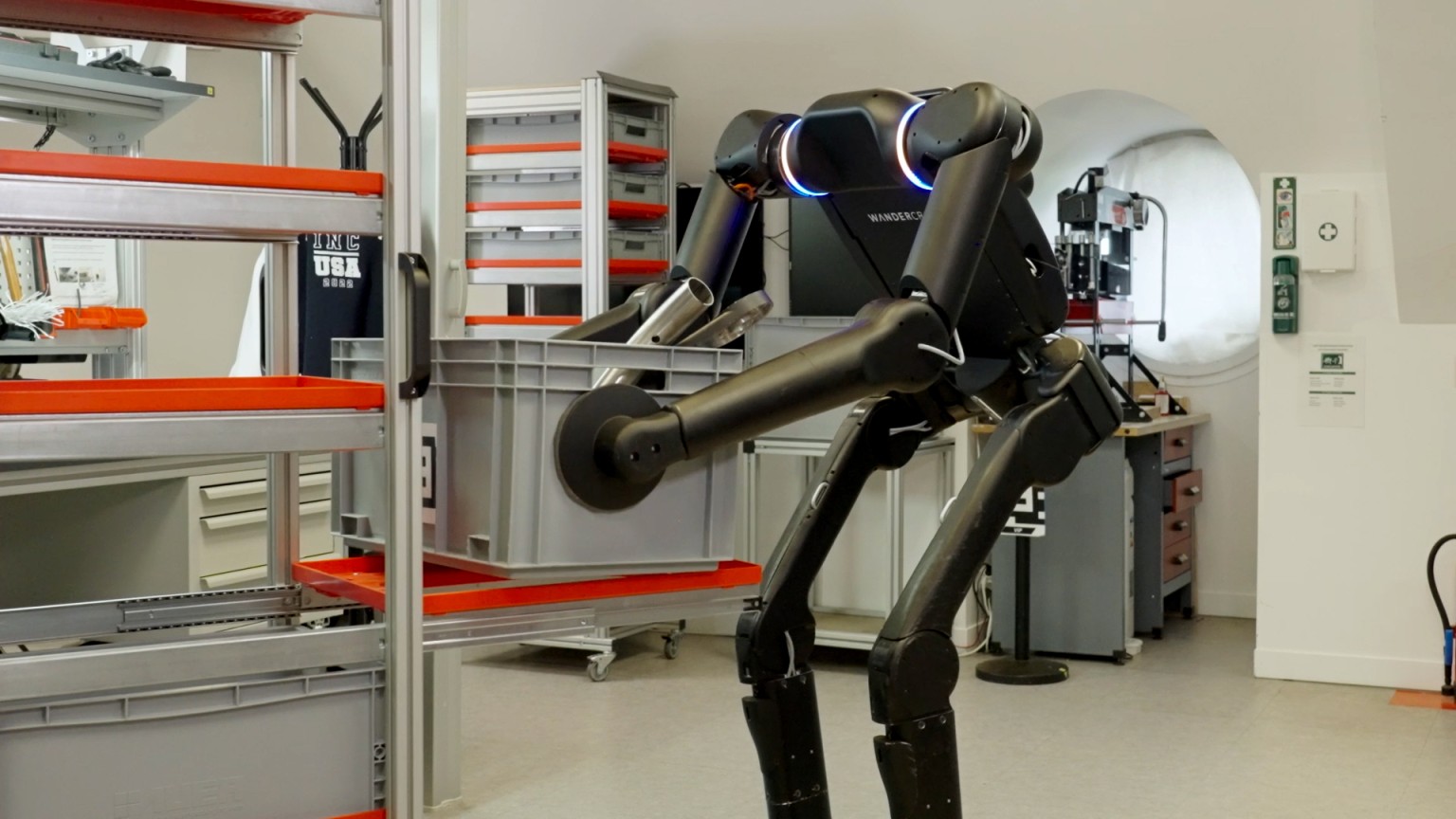Redefining Robotic Workcell Automation: Realtime Robotics Unveils Resolver
23 May 2025 | Expert Insight | By editor@rbnpress.com
VP of Product Ville Lehtonen Shares How Resolver Is Transforming Robot Simulation, Task Planning, and Agile Manufacturing
In an exclusive conversation with Robotics Business News, Ville Lehtonen, VP of Product at Realtime Robotics, delves into the development and potential of Resolver—a next-gen cloud-native tool engineered to reshape how robotic workcells are simulated, deployed, and optimized. Born from customer feedback on the company's RapidPlan system, Resolver brings whole-cell analysis, automatic task allocation, and brand-agnostic integration to the forefront—signaling a major step forward in automation flexibility and decision intelligence.
What specific industry challenges or customer feedback inspired the development of Resolver, and how does it differ from existing robot simulation and deployment tools?
“Resolver was built in response to customer feedback on RapidPlan—our real-time collision-free motion planner. While RapidPlan excels at speed, some customers noted that for long-lived production lines, ultimate path quality matters far more than millisecond scale response time.
Resolver builds on RapidPlan’s core engine to deliver best-in-class path quality—directly from your favorite simulation tool. It evaluates the entire cell at once, including interlocks and constraints, unlike traditional tools that handle one robot at a time. The result is often a 20% cycle time improvement over what a skilled human or competing product can deliver—especially in complex workcells.
But Resolver doesn’t just plan paths. It also determines which robot should perform which task, and in what order, within the bounds that it is allowed to do so. It enables a true “cold start”—with no pre-defined paths or allocations—automatically handling reachability and sequence. What once took weeks now takes hours.
Resolver is robot- and tool-agnostic. In organizations where design and simulation teams use different platforms, Resolver ensures continuity across environments and robot brands.
Because it's cloud-native, Resolver unlocks powerful automation possibilities—like running thousands of scenarios overnight to optimize EOAT selection, robot positioning, or hardware mix. You don’t have to guess; you can just run the numbers. And it does not matter if you have 1 or 100 cells to optimize - the cloud will be able to run them all by tomorrow morning.
For example, imagine a 10-robot cell with a 60-second target. Resolver delivers a plan that runs it in 37 seconds—so fast it signals overdesign. Today, you'd move forward anyway. But with Resolver, it's trivial to re-run the same logic with 8 robots instead. If it works, you’ve just cut 20% of your robot hardware—and all the installation and maintenance that comes with it. That kind of iteration used to be unthinkable. Now, it can become routine.”
Can you walk us through the key capabilities of Resolver and how it streamlines the process of designing, deploying, and optimizing robotic workcells?
“Resolver is a cloud-based optimization engine that automates the most time- and labor-intensive parts of robotic workcell design—path planning, task allocation, sequencing, and layout validation.
Its key capabilities include:
- Whole-cell optimization – Evaluates the entire robotic system at once, including interlocks and constraints.
- Task allocation and sequencing – Automatically assigns tasks to robots and determines optimal execution order.
- Cold start capability – Requires no predefined paths or robot assignments; it generates everything from scratch.
- Tool and robot agnosticism – Works across robot brands and design/simulation tools, enabling cross-team continuity.
- Massive parallel testing – Runs thousands of scenarios in the cloud to explore layout, tooling, and hardware options.
These capabilities collapse weeks of manual simulation work into hours, and let teams test radically more configurations than would be practical otherwise. What used to require heavy collaboration between simulation, design, and planning teams can now happen in parallel—anchored by Resolver as a shared decision engine.
For example, you can pass in a full cell layout with no paths defined and get back a high-quality solution with optimal robot allocation, motion plans, and task sequencing—all without manual tweaking. Or you can ask it to rerun the same job with fewer robots, different EOAT, or alternate placements to test cost and performance tradeoffs at scale.
Resolver isn’t just a path planner—it’s an automation decision engine, built to bring speed, precision, and confidence to the entire lifecycle of robotic system deployment.
As a dramatic example, we’ve had teams generate a complete first draft of a cell—including motion planning—during the very meeting where the project was being introduced. Sure, there’s still optimization and detailing to follow, but walking out of that meeting with a reliable cycle time and a solid bill of materials is a game-changer. It front-loads confidence and accelerates every downstream step.”
How does Resolver's integration with multiple robot brands and simulation tools enhance its value for manufacturers and system integrators?
“Resolver’s ability to integrate with multiple robot brands and leading simulation tools significantly enhances its value for both manufacturers and system integrators by fitting seamlessly into existing workflows, and reducing barriers to adoption. One of the key strengths of Resolver is how easy it is to get started; users simply need CAD models, robot data, and process points. From there, Resolver handles the heavy lifting.
Our goal is to make the transition into using Resolver as smooth as possible. Teams can upload their workcell data directly from the simulation tools they’re already comfortable with into Resolver’s cloud platform, where high-performance parallel processing takes place. Once the calculations are complete, results are imported back into the simulation environment, eliminating the need to rework existing models or processes.
Currently, this integration is fully functional with Siemens Process Simulate (starting from version 2301), allowing users to immediately benefit from Resolver’s capabilities without disrupting their workflow. However, we’re not stopping there - support for additional simulation platforms is actively in development and will be available later this year.
From a vision perspective, our goal is to support all simulation tools and robot brands.”
In what ways does Resolver help reduce commissioning time and downtime on the factory floor, and do you have data or case studies to illustrate its impact?
“In all honesty, Resolver is a very new product for such longitudinal studies. It was launched early access in Q1 2025, and there has not been enough time to assess downtime on the factory floor in a way that would be statistically meaningful.
Commissioning time has customer data suggesting an approximately 50% reduction in effort, but the sample size is too small to be conclusive. That said, we learned a lot and held biweekly software upgrades during the period, which makes us hopeful that the impact by now will be significantly greater.
How do we expect it to accomplish these things? There are a number of reasons:
- The paths are good enough that commissioning should not discard them
- If functioning with a robot down is physically possible, it’s free to develop paths for during the earlier process, enabling at least partial operation - even in the case of a catastrophic failure of a robot.”
What role does Resolver play in enabling more agile manufacturing processes, particularly in high-mix, low-volume production environments?
“Resolver plays a critical role in enabling more agile manufacturing—especially in high-mix, low-volume environments where the cost of rigidity is high. In these settings, change is constant: part variants, shift-to-shift adjustments, and last-minute line reconfigurations are the norm. Traditional tools just weren’t built to keep up.
Resolver was engineered for this kind of dynamism. Because it's cloud-based and highly automated, users can reprogram full workcells—or even entire lines—overnight. What would normally take weeks of effort by skilled programmers can now be done by a single engineer with the right inputs.
Some of our partners are pushing the envelope—aiming to reconfigure entire vehicle production lines in under 48 hours, using Resolver in the cloud. That’s ambitious, but not far-fetched. Especially when paired with a digital twin, Resolver can regenerate paths, reallocate tasks, and optimize sequencing across the system - with almost no manual intervention.
That said, Resolver doesn’t require a digital twin to deliver value—it can work from simpler inputs too. But when a good digital twin is available, it unlocks the full potential of the system. You're not just speeding up deployment—you’re fundamentally changing what’s possible in terms of iteration and responsiveness.”
With Resolver now available, how does Realtime Robotics envision the evolution of its product ecosystem and support for future automation technologies?
“With Resolver now available, we see three clear paths forward for evolving the Realtime Robotics product ecosystem to support next-generation automation:
- Broader accessibility - While we already support nearly all major robot brands, many of our customers use simulation tools we don’t yet integrate with. That’s a common source of feedback—and we’re actively working with those tool vendors to expand Resolver’s reach. Our philosophy is simple: meet people where they are; don’t ask them to change their tools in order to use ours.
- Expanding up and down the value chain - We’re building out higher-level design automation capabilities, such as cloud-based tools for automatic EOAT selection, robot positioning (with paths included), and proposal generation. At the same time, we’re moving downward by incorporating more OEM programming standards directly into the engine—so you can simply select a standard and have most of the robot behavior handled automatically.
On the line-level side, we've heard from customers managing hundreds of robots and thousands of respots who want help answering questions like: Which robots could handle which respots if we reconfigured the cell? With Resolver’s global reachability engine, we see a path to answer that for an entire line in minutes. Give us two years and perhaps it will even automatically rebalance the line. That is certainly the goal.
- Application partnerships - Realtime is built on deep motion expertise—not paint physics or thermal distortion in welds. But when domain experts bring us those insights, we can integrate them into our engine. That allows us to coordinate multiple robots in dense cells using application-specific path strategies—without risking collisions or quality issues.
The broader goal is to make just-in-time reconfiguration a practical reality—both for advanced manufacturers and for those who haven’t traditionally been able to justify robotics.
As Resolver matures, we see our ecosystem evolving to support a much wider range of automation users: smaller organizations, high-mix/low-volume shops, and teams without deep robotics expertise. By lowering both the cost and complexity of deploying robots, we’re not just enabling more flexible production—we’re helping automation reach entirely new categories of users. That’s where we see the next wave of growth and innovation.”
What kind of feedback have you received from early users or pilot programs, and how are you incorporating that into future updates or development plans for Resolver?
“Much of what we described in our roadmap comes directly from customer feedback—so in a real sense, this question has already been partly answered. Resolver’s evolution is almost entirely driven by the needs, friction points, and creative use cases our early users have surfaced.
One of the first big learnings was around design flexibility. There are so many ways to configure a robot cell using modern simulation tools that our original connector regularly got surprised. We’ve since expanded our ability to handle a much broader set of configurations—especially in more custom or unconventional setups.
We also received a lot of input on usability and workflow integration. Users want Resolver to fit smoothly into their existing sim flows—not feel bolted on. We’ve made real progress here, but seamless integration ultimately depends on partnerships with the tool vendors themselves, and that’s a longer journey we’re actively pursuing.
Another big surprise was around collision models. We assumed most users had cleanly defined what counts as a real collision object—but that wasn’t always the case. Resolver would sometimes dodge around placeholder geometry that was never meant to be physical. That feedback led to ongoing work on a more intelligent way to handle abstracted geometry and non-collidables.
Finally, we’re proud of how fast we respond. While quarterly release cycles are standard in this industry, we typically ship updates two to three times a month. That’s only possible because the feedback we get—from both current and would-be users—is specific, honest, and actionable.
In truth, our early adopters haven’t just helped us improve Resolver—they’ve helped define what it needs to become.”


